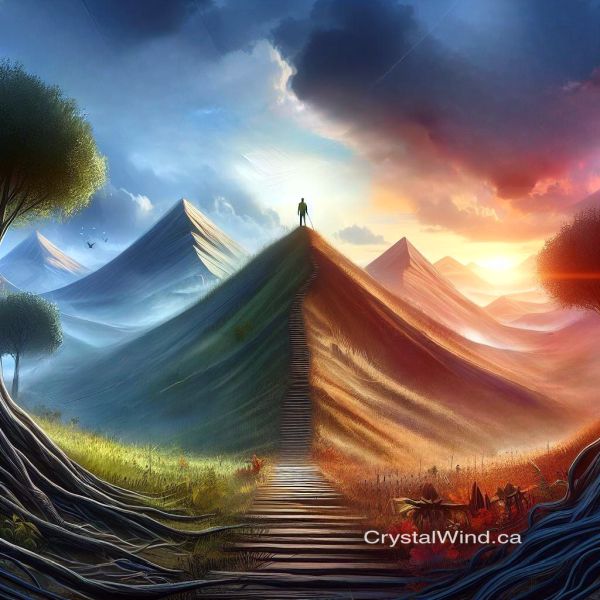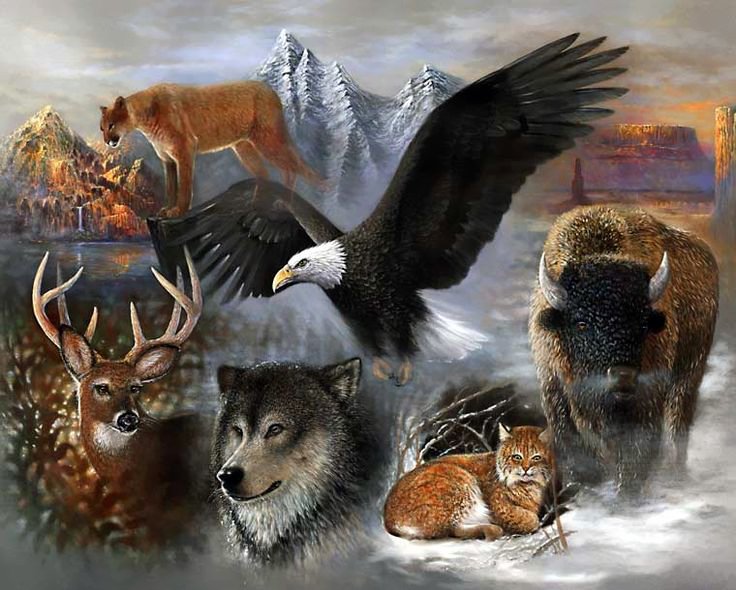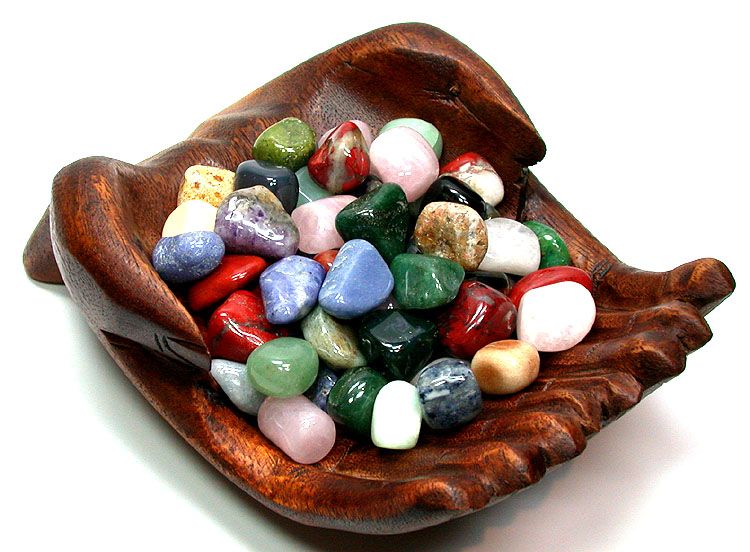Overcoming the Hill: A Perspective Shift that Changed Everything!
- Details
- Written by David R. Hamilton PhD

There’s a steep hill close to where I live. When I say close, what I mean is that I have to walk up it to get to our house. And that means I have to climb it every day.
It’s a slog, but a small price to pay for trying to be climate conscious and not use the car as much.
It was a novelty at first but after a while even the most positive person would take issue with it.
I’ve always resisted it. I silently resent it each time when I’m about halfway up. I would always complain to myself how steep it is.
“Damn you, hill,” I’d mutter to myself.
The end never seemed to be in sight. I’ve found it’s easier if I stare at the ground while I walk, because if you’re looking up it seems that you’re not making any progress, but if I you only look up after every 10 steps or so, you do feel you’re getting there, albeit slowly.
Little tricks to try to endure it.
Then I learned about Blue Zones. Popularised by explorer, writer, and National Geographic fellow, Dan Buettner, they are regions of the world with the greatest proportion of their populations who live to over 100 years old, like Sardinia in Italy, Ikaria in Greece, and others.
He identified the lifestyle factors that seemed to contribute to their longevity, which includes eating fruit, veg, beans, snacking on nuts and seeds, and consuming olive oil. But one other factor that’s important in some places is a metric called ‘Steepness.’
It relates to the average steepness of the slopes in the area a person live in. It can even relate to the steepness of flights of stairs in a home. A gentle incline has a low steepness score, whereas a steeper incline has a higher score.
Steepness was one of the things that seemed to distinguish some blue zones from other places in the same country. The higher the steepness index of the area, the greater the likelihood of a person living to over 100. It’s because greater steepness means more daily cardio workouts and stronger muscles as people climb hills or stairs.
When I learned this, my attitude to the hill changed dramatically. Overnight, it went from a sense of dread to an enthusiastic, “Bring it on!”
I now march up the hill which, for the record, is about a quarter of a mile long (almost half a kilometre). It doesn’t sound much, but it’s a steep incline all the way. But I went from, “Why do I have to live at the top of a steep hill?” to “I’m so glad I live at the top of a steep hill.”
All of a sudden it wasn’t tiring. It was exhilarating. Tiring one day vs energising the next. The same hill! Yet my body reacted differently. All that changed was my perspective. My attitude to it.
A reframe. Like challenges, setbacks and failures can be thought of (reframed) as opportunities or learning experiences. The change in how you view it changes how you feel and how your body responds to it.
As Thomas Eddison, inventor of the lightbulb, once said when asked about his results, “I have gotten a lot of results. I know several thousand things that won’t work.”
He was reported to have failed a thousand times when trying to make the first lightbulb. But he didn’t think of these attempts as failures. To his mind, he learned something each time that brought him a step closer to his goal. It meant that the experience wasn’t tiring, but exciting. He reframed failure and learning.
Reframing is quite a handy skill. You essentially re-frame something. You think of it in a different way, from a different perspective. But when you do, both your mind and your body respond to the new perspective.
Like the study where people were shown photos of the site of a horrific accident that showed victims who were badly burned. Physiological cw measurements showed a sudden spike in their nervous system as they reacted with stress to the images.
Then they were told that the photos were actually from a movie set; the people badly burned were actors wearing makeup. Suddenly, the spikes in their nervous systems went away.
Same photos, different thought about them.
Reframing is a handy life skill that comes with practice. But the human brain is hardwired to do it so it’s not an insurmountable skill, but something anyone can learn.
Someone once asked me if it just glosses over problems because the problem doesn’t go away. The hill is still there, after all.
Yes, it is, but my experience of it is different. And that makes all the difference.
Just like in life. A set of conditions might not always change, but your experience of them might. And that might just spare you a heap of stress, help you feel lighter, or even bring a smile to your face.
Much of how we feel in life relates to our experience of things. Two people can meet the same situation but experience it in different ways.
Say you’re stuck in traffic with a friend and you’re on your way to a show. Your experience is stress because you hate to miss any of the show. Your friend is annoyingly calm. “Take a chill pill,” she suggests. Frustrating, I know. But it’s the same car, the same traffic, the same cw situation. You’re experiencing stress but your friend isn’t. The difference is in her thoughts about the situation. She framed the situation differently.
It’s possible to reframe almost any situation, to think of it in a different way. When stuck in traffic, I find it helps if I set myself the goal of seeing if I can feel calm no matter whether the situation makes me late or not.
I change my focus from “I’m stuck and I’m going to be late” to “I wonder if I can use this situation as training, to see if I can come through it feeling relaxed.” I try to turn an obstacle into an opportunity.
Mental gymnastics. But handy all the same.
Reframing stuff isn’t a solution to all of life’s problems, but it’s a handy skill that certainly makes some things in life a heck of a lot easier. At the very least, it can help you conquer some of the steep hills in your life, whether physical or psychological ones.
Conquering the Hill – how a shift in perspective changed everything
Liked this article? Dive deeper into personal growth and wellness! Check out CrystalWind.ca for spiritual wisdom or explore AromaWorx.ca for natural well-being tips. Spread the positivity—share this with friends on their happiness journey!
Let’s Chat! Drop Your Thoughts Below! ![]()
Latest Articles

Imagine a world of inspiration and healing, free for all—made possible by YOU!
Donate Now—Ignite the Magic at CrystalWind.ca!

Epilepsy - Finding A Cure
Your donation can make a difference!
Help us find a cure – donate now!
Unlock Your Light: Join Lightworkers Worldwide on CrystalWind.ca!
Follow Us!
Featured This Month
Peridot: The Healer's Stone
Peridot has been used as a Power Stone for centuries. Peridot fosters emotio... Read more
Sun in Virgo
An Overview of Sun Sign Characteristics for Virgo Virgo is guided by Mercur... Read more
Mabon Magic: Ideas For Fall Decoration And R…
Welcome (almost!) to Fall! We’re turning the Great Wheel once again, toward ... Read more
Mabon in Modern Times: Fresh Takes on the Au…
The Mabon season begins somewhere around the 21st-22nd of September and cont... Read more
Virgo Mythology
The Virgo Myth In all of constellation mythology, few legends are as misund... Read more
Watermelon Tourmaline
Synonym: Rainbow Tourmaline The watermelon tourmaline is a rare variety t... Read more
The Vine: September 2nd - September 29th
The Autumnal Equinox ( Alban Elfed ) Celtic Symbol : The White Swan Read more
Crystals for Virgo
As the warmth of summer begins to soften into the crispness of autumn, the Sun... Read more
Sweet Violet
Sweet Violet Faithfulness and modesty. “I will always be true to you.” Helps... Read more






























































































































































